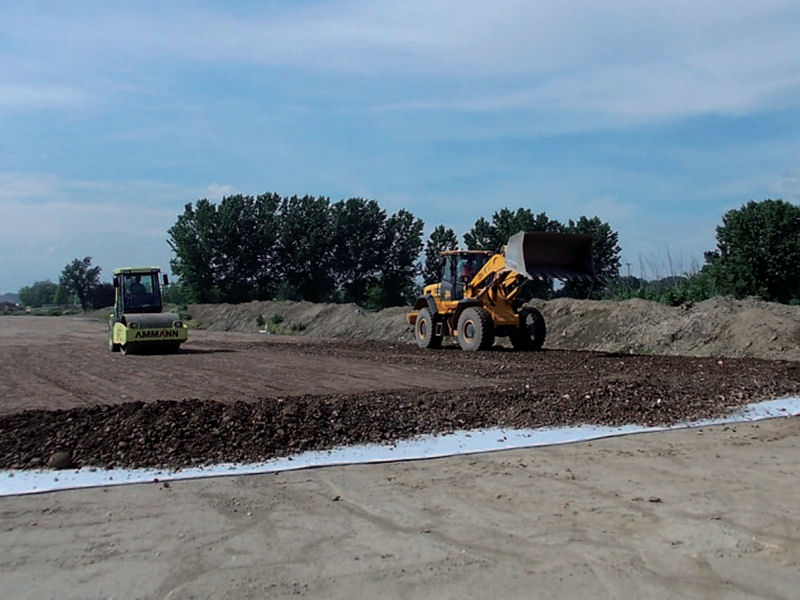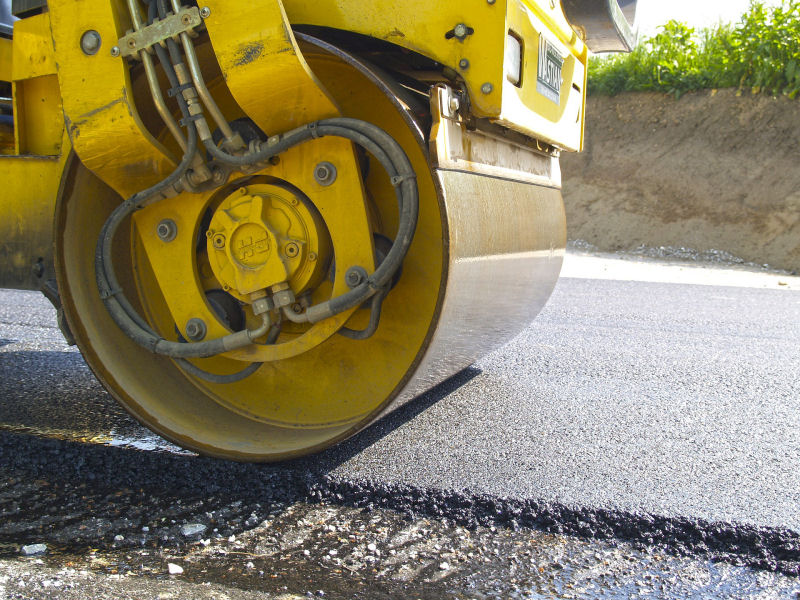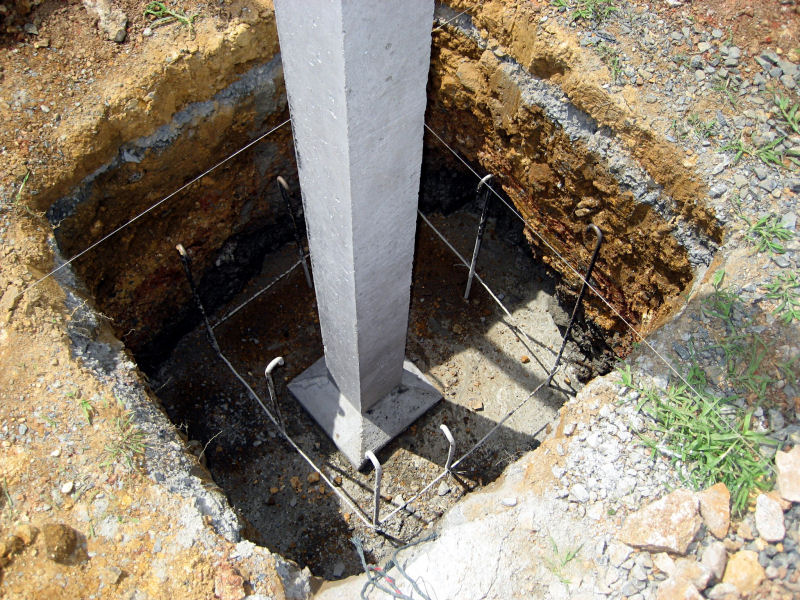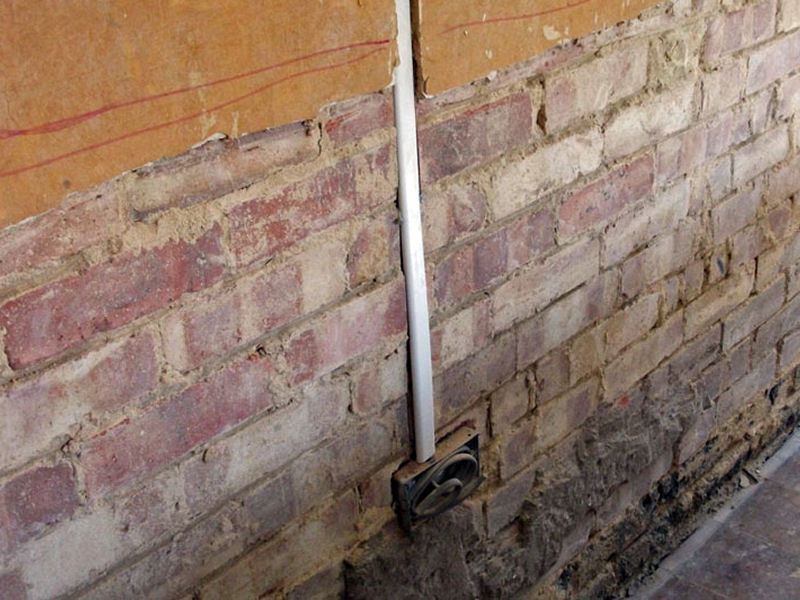What does drainage mean?
Draining means eliminating or limiting the accumulated water behind the waterproof sheaths.
Why to drain?
To limit possible water infiltration through waterproofing
Types of drainage.
Traditional drainage.
It is realized using thick layers of gravel that is heavy, expensive, sometimes difficult to find and havy to lay.
Drainage with draining geosynthetics.
It is realized with low-thickness geocomposites, with easy, economical,and fast installation.
The range of the drainage geosynthetics as the Sindrain products, offers the ideal solution for any application in civil engineering and construction; allows for the realization of horizontal drainage of terrain, roof gardens, and flooring in additional to the vertical drainage of foundations and walls against the earth.
It is freely associated with any type of waterproofing.
How to evaluate the performance of the Sindrain range?
You have to evaluate the hydraulic flow.
Greater thickness does not always correspond to more drained fluid. It has to take into account the inclination (gradient i=1 vertical, gradient i= 0,03 horizontal) and applied load (20 to 200 kPa) which tends to compress the draining geocomposite by reducing its effectiveness.
Sindrain has an articulated range, with products featuring different hydraulic flow rates suitable for each application.














